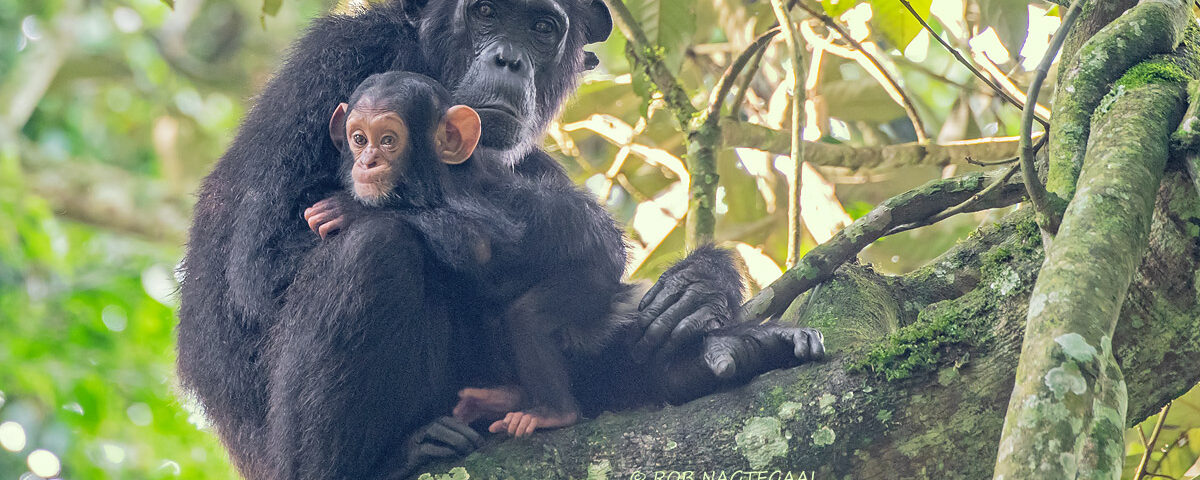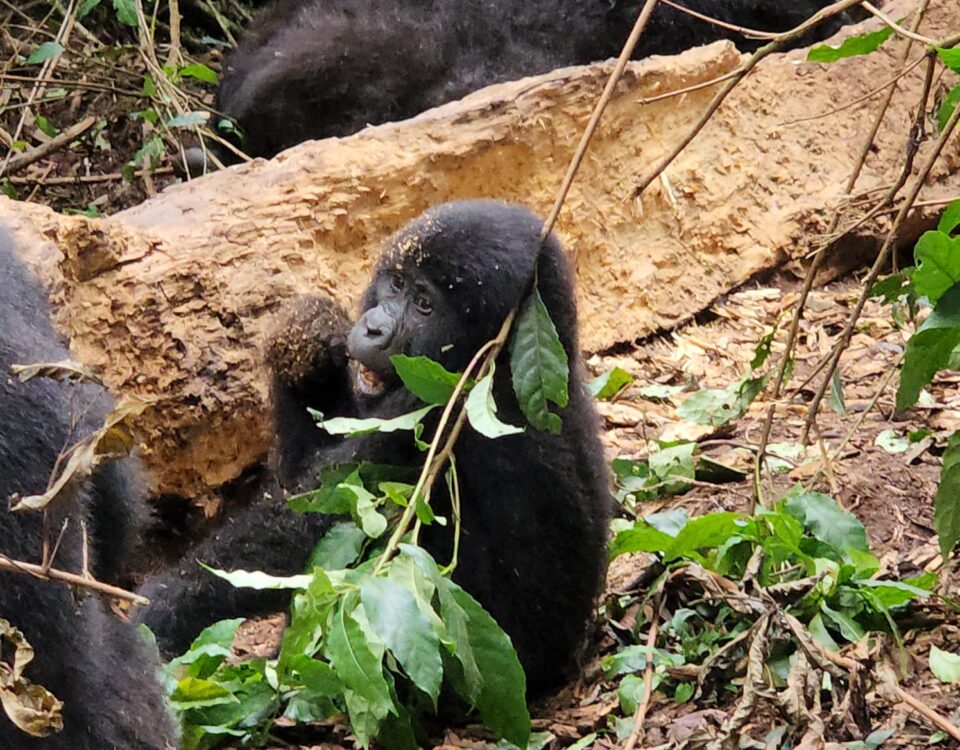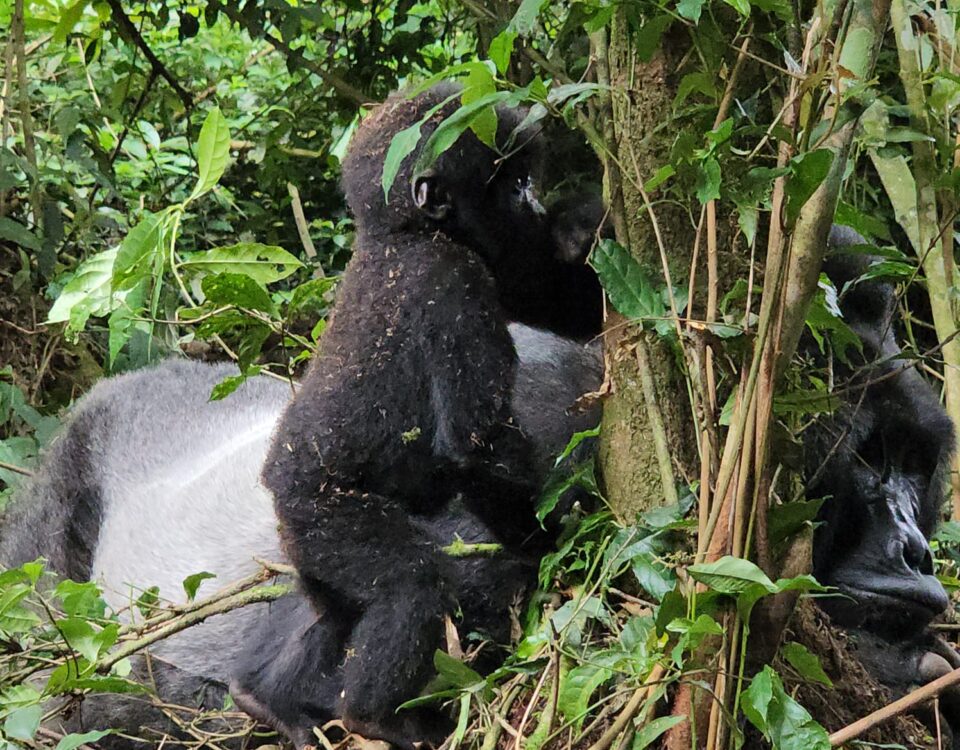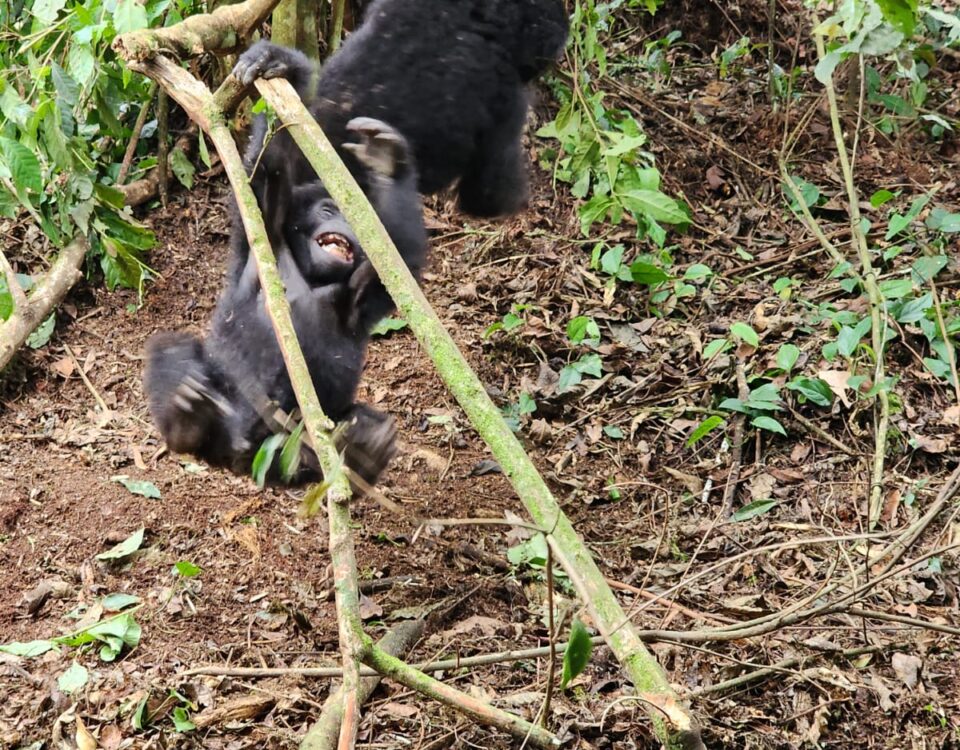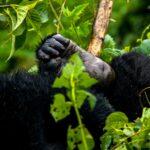
Where in Rwanda Can I Go Gorilla Trekking?
April 1, 2025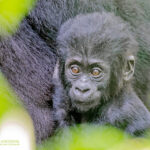
How Long Is a Typical Gorilla Trek in Rwanda?
April 1, 2025What is the Best Time of Year to Go Gorilla Trekking in Rwanda?
What is the Best Time of Year to Go Gorilla Trekking in Rwanda? Gorilla trekking in Rwanda is a dream come true for many wildlife enthusiasts and nature lovers. The opportunity to track and observe the magnificent mountain gorillas in their natural habitat is a once-in-a-lifetime experience that should be on every traveler’s bucket list. Rwanda, known for its breathtaking landscapes and rich biodiversity, is home to the Volcanoes National Park, where over half of the world’s remaining mountain gorillas reside.
While gorilla trekking is available year-round, the best time to go depends on several factors such as weather conditions, trekking difficulty, and personal preferences. Understanding the seasonal variations in Rwanda can help you choose the best time for your trek, ensuring a safe, enjoyable, and memorable experience. In this article, we will discuss the best time of year to go gorilla trekking in Rwanda, taking into account factors like weather, park conditions, and crowd levels.
Best Uganda Rwanda Safari Packages
Understanding Rwanda’s Climate and Seasons
Rwanda’s climate is characterized by two main seasons: the dry season and the rainy season. The dry season is typically the best time for trekking, but the rainy season also has its benefits. Let’s break down these seasons to help you understand when the best time for gorilla trekking would be.
- The Dry Season (June to September and December to February)
The dry season in Rwanda is the most popular time for gorilla trekking and runs from June to September and December to February. This is considered the best time of year to visit Volcanoes National Park for several reasons.
During the dry season, the weather is more predictable and favorable for trekking. The trails are less muddy, and the weather is generally warm with cooler temperatures at higher altitudes. This makes the trekking experience more comfortable, as it’s easier to navigate through the forest and more pleasant to hike. Since the ground is firmer and the vegetation is less dense, it’s easier to track the gorillas, and the likelihood of a successful trek is higher.
The dry season also offers the best chances to witness the gorillas in more open areas, where they are more likely to be feeding, resting, or interacting. As the terrain is less slippery, trekkers can focus more on enjoying the experience without worrying about getting stuck in the mud. Additionally, the skies are often clearer, providing fantastic opportunities for photography with stunning views of the volcanic peaks in the background.
- The Rainy Season (March to May and October to November)
The rainy season in Rwanda lasts from March to May and again from October to November. While this might not be the most popular time for gorilla trekking, it still has some distinct advantages. During these months, rainfall is frequent, which can make the trekking trails muddy and more difficult to navigate. The forest is also denser, which can make it harder to spot the gorillas. However, there are several reasons why you might want to consider trekking during the rainy season.
One major benefit is that the rainy season is considered the low season for tourism in Rwanda, which means there are fewer tourists in the park. If you prefer a quieter, less crowded experience, the rainy season may be a good option. You’ll be able to enjoy a more intimate experience with nature, and there is a higher chance of having the trails to yourself.
The rainy season is also a great time for photography, as the forests are lush and green, creating a beautiful and vibrant backdrop for your photos. The gorillas also tend to be more active during the rainy season, as they search for food in the forest, which can make for an exciting and dynamic trekking experience. Plus, the occasional rain showers can create a dramatic and atmospheric effect that enhances the adventure.
When Should You Go: Pros and Cons of Each Season
Dry Season (June to September, December to February)
Pros:
- Ideal trekking conditions: The trails are dry and easier to walk on, making the trek more comfortable.
- Less muddy trails: With minimal rainfall, there is less mud and slipperiness on the forest paths.
- Best weather: The weather is generally sunny and pleasant, making your trek more enjoyable.
- Increased gorilla sightings: The gorillas are easier to spot as they are more likely to be visible in the open.
- Clear skies for photography: The dry season offers beautiful clear skies and stunning views of the mountains and gorillas.
Cons:
- Higher crowds: As the dry season is the most popular time to trek, it can be more crowded in the park, making the experience less intimate.
- Higher prices: Travel and accommodation prices tend to be higher during peak seasons, making it a more expensive option.
- Limited permits: With the high demand for permits, it can be difficult to secure a permit unless booked well in advance.
Rainy Season (March to May, October to November)
Pros:
- Fewer tourists: With fewer people in the park, you can enjoy a quieter, more peaceful trekking experience.
- Lower prices: Travel and accommodation prices are generally lower, making it a more budget-friendly option.
- Lush green scenery: The rainy season brings vibrant greenery to the park, making for scenic and lush landscapes.
- More gorilla activity: Gorillas tend to be more active in the rainy season as they forage for food, providing dynamic and engaging trekking experiences.
Cons:
- Wet and muddy trails: The trails can be muddy, slippery, and difficult to navigate, making the trek more challenging.
- Unpredictable weather: Frequent rainfall can disrupt your trekking plans and make the experience less comfortable.
- Less visibility: The forest can be denser, and visibility can be reduced during rainfall, which may make it harder to spot the gorillas.
What to Expect in Each Season
During the Dry Season: The dry season offers the best trekking conditions. Expect a clear sky, beautiful weather, and easier access to the gorillas. The forest paths are less challenging to navigate, and your chances of finding the gorillas are higher. While the dry season attracts more tourists, the experience will still be remarkable. The clear skies also provide better visibility of the gorillas against the stunning backdrop of the volcanic mountains. The only downside is the higher cost of permits, accommodations, and tours during this time.
During the Rainy Season: The rainy season offers an entirely different experience. The forest is lush, green, and full of life, creating a visually stunning environment. You may experience occasional rain showers, which can make trekking more difficult. However, the low season means fewer tourists and lower prices, giving you a more private and relaxed trekking experience. While the gorillas are still visible, the wetter conditions may make it more challenging to navigate the trails. Be prepared for a bit of mud and possibly wet clothing.
Conclusion: Planning Your Gorilla Trekking Adventure
The best time to go gorilla trekking in Rwanda depends on what kind of experience you’re looking for. If you want the best weather, clearer skies, and easier trekking conditions, the dry season (June to September, December to February) is the ideal time for your adventure. On the other hand, if you prefer fewer tourists, lower prices, and lush green landscapes, the rainy season (March to May, October to November) can offer a more peaceful and budget-friendly experience.
Regardless of when you choose to visit, gorilla trekking in Rwanda will undoubtedly be a life-changing adventure. The key is to plan ahead, book your permits early, and prepare for an unforgettable journey in the heart of Africa’s most famous mountain gorilla habitat.

